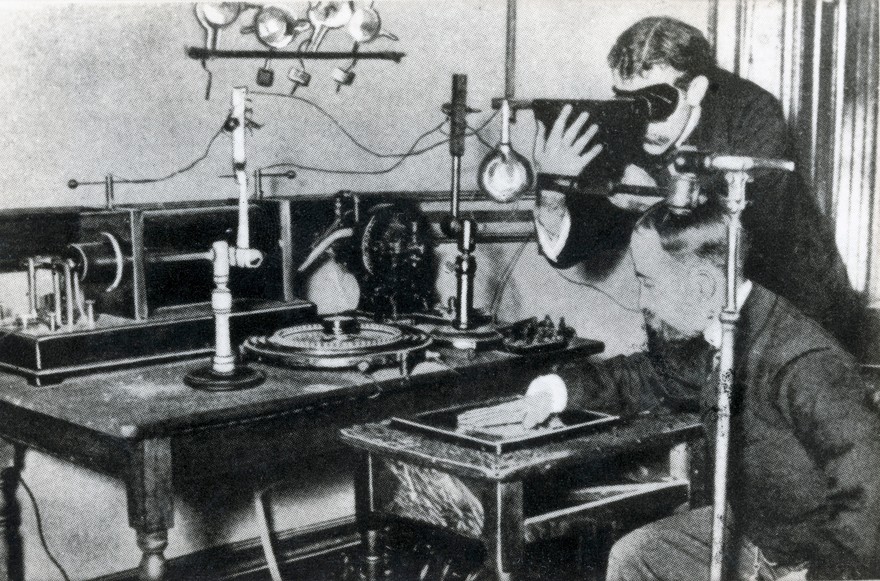X-rays are a form of electromagnetic radiation, which are commonly used as a diagnostic tool in clinical medicine. They were first discovered in 1895 by German physicist Wilhelm Röntgen, and it was immediately recognised that X-rays could be used in medicine. As well as providing clear images of broken bones, X-rays can also be used to detect abscesses, tumours, and lung problems. Dr George Alexander Pirie was one of many early pioneers of research into how X-rays could be used in medicine, and is today known as one of the X-ray and Radium Martyrs who sacrificed their own health for the benefit of others.
Pioneering Research
Pirie began his research into radiography at Dundee Royal Infirmary, where he was a resident physician. He began experimenting with radiography and X-rays in 1896, researching how the newly discovered rays could be used for clinical medicine for treatment and diagnosis. He established the first Electrical Department at the hospital, making the Royal Infirmary at Dundee one of the most advanced hospitals at the time. X-ray images gave doctors an unprecedented way to look inside the body, meaning that diagnosis was not only much quicker but also much more accurate.
Paying the Price
In the early days of this research, however, the dangers of radiation exposure were not known, and researchers often exposed themselves to extremely high doses of radiation. For example, in order to test the clarity of the X-ray images, radiographers would usually test the setup using their own hands, meaning they suffered prolonged and repeated exposure. By 1905, Pirie had begun to experience bouts of burning pain in his hands, and he often found that his skin frequently cracked open. Although he used bandages and mustard oil to try and alleviate the pain, by 1925 his hands were riddled with tumours, and he had to have both amputated at the wrists.

In addition to the loss of his hands, Pirie also lost the majority of his sight due to radiation exposure. He became totally blind in one eye and had very reduced vision in the other. By 1926, after 30 years of constant radiation exposure, he was no longer able to work and was forced to retire. In recognition of his work, he was given a generous pension, and was also awarded an annual grant of £200 a year from the Carnegie Hero Trust.
In Memoriam
Following his death in 1929, Pirie was one of 169 X-ray pioneers honoured on a permanent monument in Hamburg, which was unveiled in 1936. Even after the dangers of X-ray exposure became clear, Dr Pirie made an extraordinary sacrifice in undertaking his research, stating “I could never bring myself to cause others to take a risk that I would not take myself”. In true form to Pirie’s selfless nature, he even donated his own amputated hand to the pathology department at the hospital, where it is still held to this day.
Sources and Further Reading
https://www.dundee.ac.uk/museum/exhibitions/madetomeasure/xray/